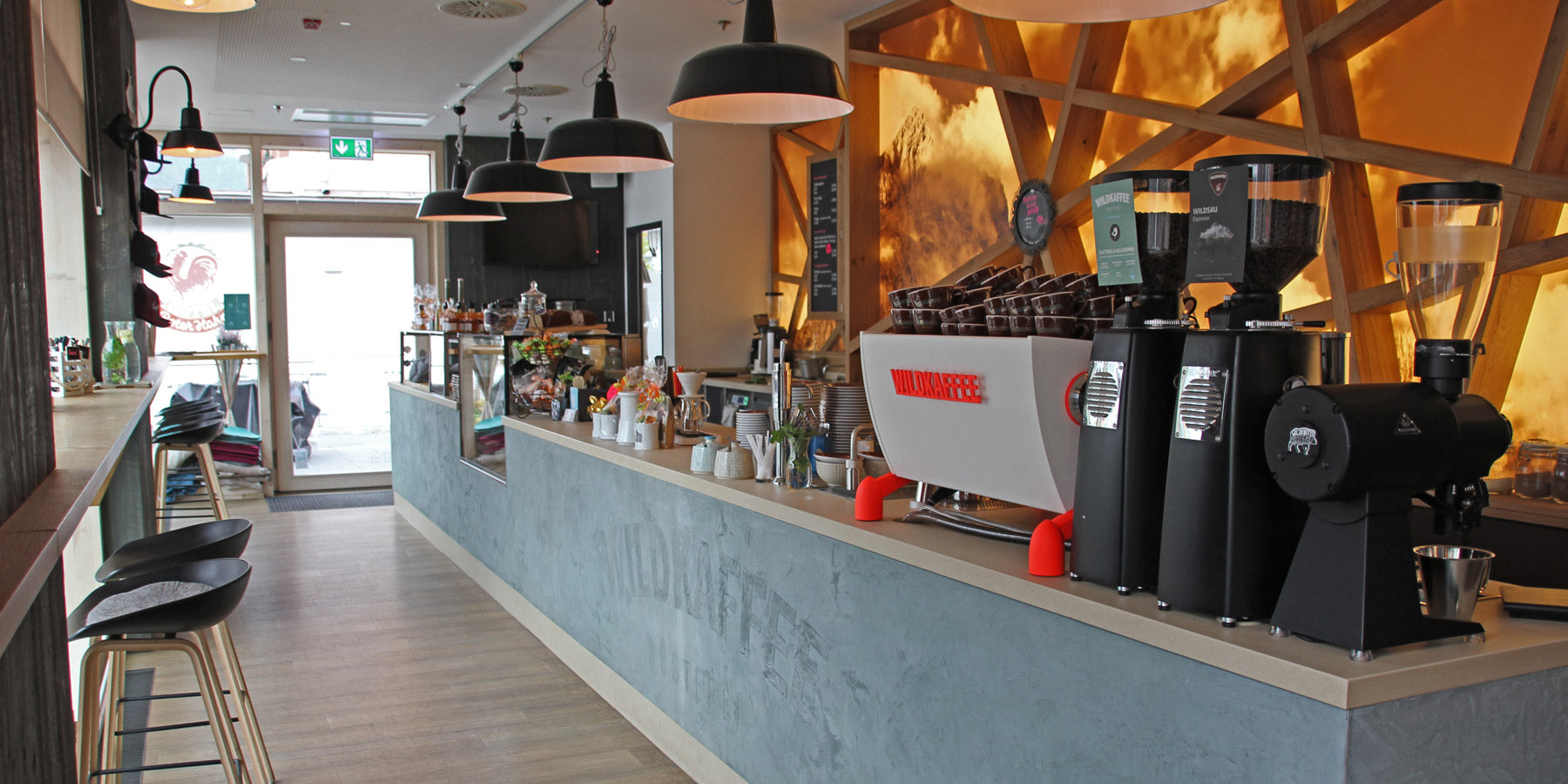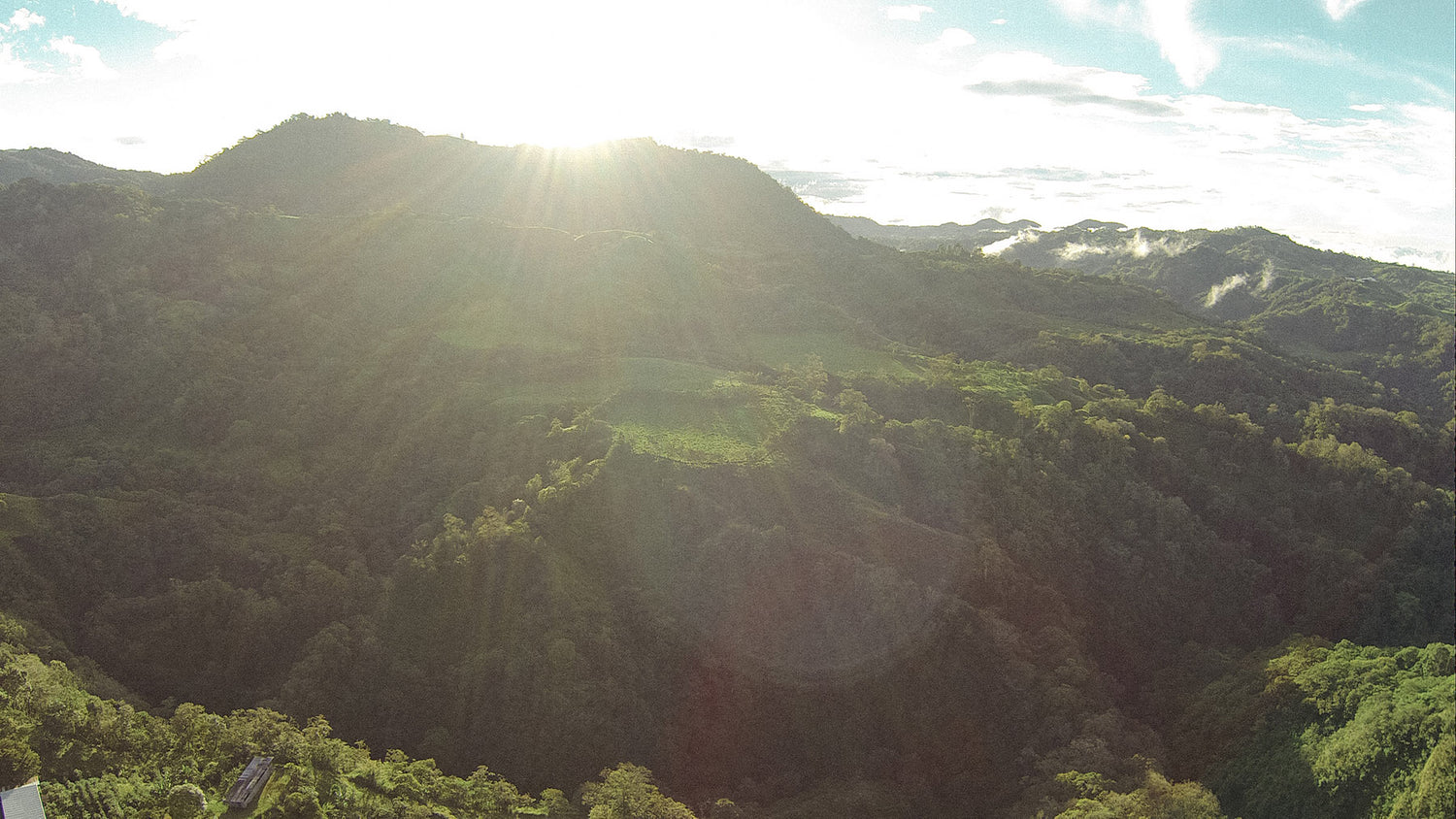Who hasn't experienced it? Coffee klatch with grandparents, friends or the whole family. Over a piece of cake and a fresh cup of coffee, you can discuss some of the topics that are currently affecting the world in a relaxed atmosphere.
The Kaffee Klatsch is symbolic of German coffee culture and is subject to a centuries-old tradition . This has been preserved to this day and is constantly evolving, even if not fundamentally. You can find out how this culture came about and what has changed to date in this blog article. Elias Fischbacher from the Wildkaffee Rösterei wishes you a lot of fun reading.

Coffee Klatsch - The beginnings of German coffee culture
It all began in the 17th century with the opening of the first coffee houses in Germany, or rather in the then German Empire. The first coffee house was opened in Bremen in 1673, followed four years later by Hamburg. Over the years, other cities such as Regensburg, Leipzig, Berlin and Würzburg followed suit.
The Kaffee Klatsch also developed in these coffee houses, but was initially intended for the nobility and privileged citizens , because coffee was a real luxury item and extremely expensive due to the lack of developed trade routes and globalization. Even then, women in particular met for coffee. People talked, drank coffee and ate cake . But smaller concerts also took place in the coffee houses. This is how the history of the Kaffee Klatsch began.
Coffee is (slowly) becoming a popular product!
Around 1730, the coffee klatsch found its way to the poorer sections of the population and coffee was only drunk and served on special occasions. The coffee klatsch was something really special at the time and was served as a Sunday drink to guests or family, for example, or at festivities. Due to the immense price, the general population resorted to other coffee substitutes such as malt coffee, muckefuck or stragel coffee .
Around the 18th century, when the Netherlands took over the dominance of the coffee trade, coffee consumption spread to wider social circles. Coffee was now available in much larger quantities . The great popularity of coffee also made German coffee klatch increasingly popular.
Frederick the Great also noticed this, and saw the trade in the bean as a major state business . In 1766, he imposed a ban on private imports and private trade . From then on, only the Prussian state was allowed to trade in coffee. This meant that the black market flourished. The Prussians loved their coffee and the coffee klatch. But when the then common practice of roasting in home-made roasting pans was also banned , the population felt a great setback. Coffee sniffers were supposed to track down and stop these illegal private roasting operations. Over time, however, the controls proved to be extremely inefficient, and the bans were then lifted . The coffee klatch became popular again among the general population and its popularity grew rapidly.
The coffee klatsch in the 19th century
During the course of industrialization in the 19th century, consumer behavior and the importance of coffee and coffee gossip changed. Coffee became firmly established as a popular product and coffee gossip, where people met and discussed God and the world, became a regular occurrence.
Coffee and cake were still served. The working class also used coffee as a stimulant and to suppress hunger. However, the coffee klatch in coffee houses was still intended for the upper class.

After World War II - the Germans' favorite drink
During the world wars, coffee repeatedly became a luxury item. As a result, the coffee klatch was celebrated less and less , which is why coffee was replaced by alternatives such as malt coffee. After the Second World War, however, the coffee klatch established itself as a symbol of the economic miracle and reconstruction! In the 1950s, coffee was processed for the first time in large industrial roasters , which meant that significantly larger quantities could be sold at lower prices.
The result: In 1965, coffee was voted the Germans' favorite drink for the first time, ahead of beer ! Coffee klatches became a regular occurrence and coffee became an everyday drink. Visiting a coffee house was no longer a luxury, but possible for almost everyone.
The coffee gossip to this day
Even today, the coffee klatch is very popular in Germany. In the meantime, however, a few things have changed in the world of coffee and coffee klatch. While at the time, coffee klatch in Germany was almost exclusively filter coffee , today there is a wide range of preparation methods that can extract a wide variety of flavors and aromas from the bean. Internationally known coffee specialties such as cappuccino, flat white or espresso can be found at every coffee klatch these days. But some things have remained the same.
Even today , a good piece of cake is the ideal accompaniment to coffee and klatch . The same applies to the conversations that take place during coffee and klatch. The social topics change from year to year, of course, but the basis of coffee and klatch remains the same. Traditional coffee houses are rarer today. They have been replaced by modern cafés that serve a wide variety of coffee types and recipes.
Fancy a coffee break at Wildkaffee? Then visit our Café Wildkaffee in Garmisch-Partenkirchen ! There you will find the finest coffee specialties as well as homemade cakes.
Conclusion!
The Kaffee Klatsch is a centuries-old German coffee culture . At the beginning, coffee was still an absolute luxury item, which over the centuries established itself as a national product. Today, coffee has developed into one of the most popular drinks among Germans. The Kaffee Klatsch was the constant companion of Germans, through good times and bad. During and after the wars, the general population could no longer afford coffee.
That's why "alternative coffee" such as malt coffee was served with Kaffee Klatsch at that time. The upper class usually spent their Kaffee Klatsch in upscale coffee houses. Not only did people converse there, but smaller concerts and art exhibitions also took place there . Nowadays, Kaffee Klatsch has changed only minimally. Instead of coffee houses, there are now cafés that almost anyone can visit. The preparations are also now more international. While back then almost exclusively filter coffee was drunk, today it is all other coffee specialties such as cappuccino or coffee Americano . But the basic principle has remained the same. There is coffee and cake, as well as stimulating discussions about current topics.



